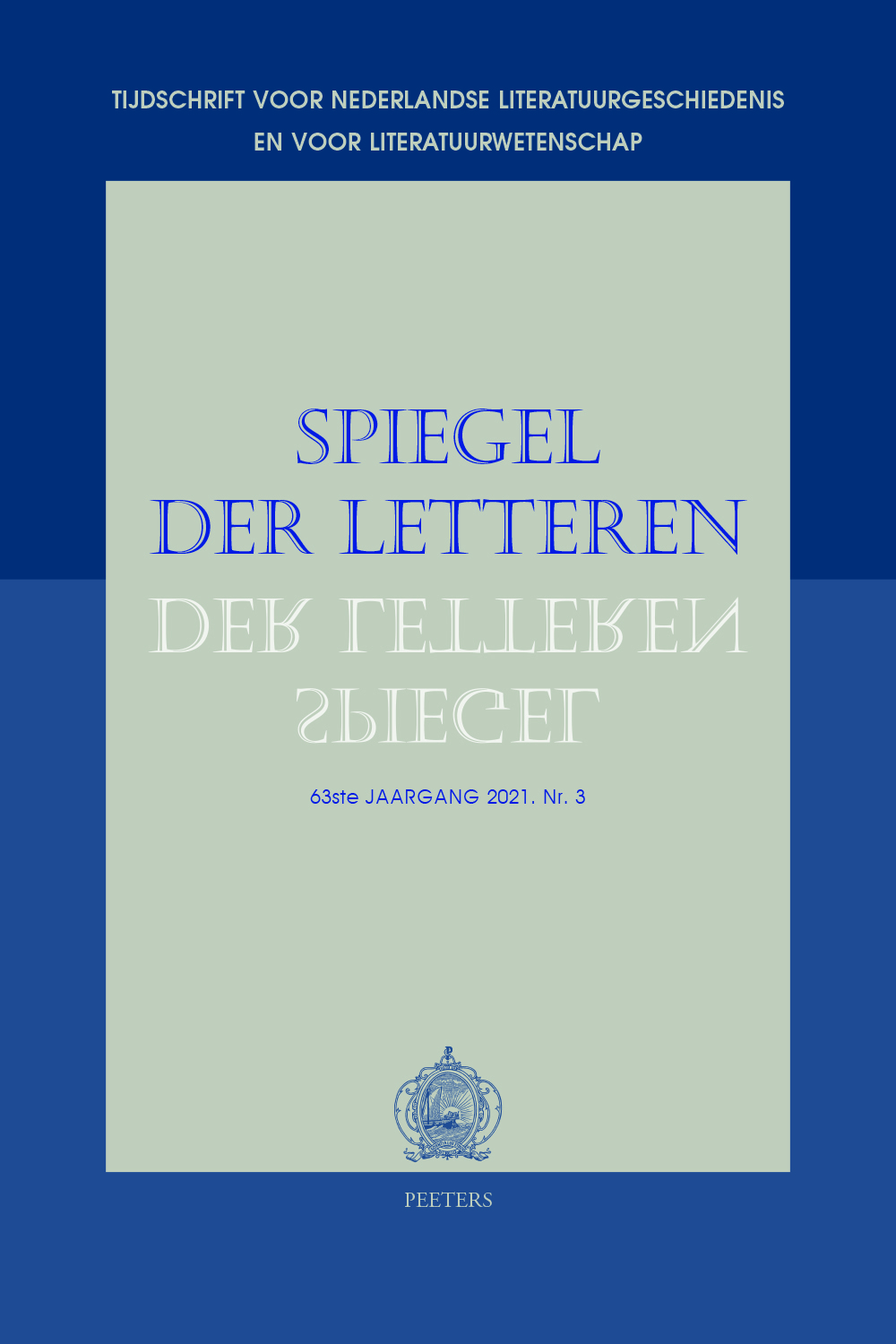 previous article in this issue previous article in this issue | next article in this issue  |

Preview first page |
Document Details : Title: Godsvrienden, Jan van Ruusbroec en de moderne devotie Subtitle: Religieuze bewegingen van de veertiende eeuw en hun verhouding tot de volstalige geestelijke literatuur Author(s): SCHEEPSMA, Wybren Journal: Spiegel der Letteren Volume: 56 Issue: 4 Date: 2014 Pages: 477-509 DOI: 10.2143/SDL.56.4.1000002 Abstract : Changing social, economic and political relations in the fourteenth century, as well as the disastrous effects of the plague, led to the rise of new religious initiatives, especially in urban circles. An important innovation was the concrete involvement of lay-persons in these new movements, which for the most part originated in the higher strata of society. Their presence and active participation demanded a much wider use of the vernacular than had previously been the case, because these lay-folk had not had the benefit of ecclesiastical training. This study examines three of these movements, all of which have their roots in the German Empire: the circle surrounding Jan van Ruusbroec and his monastery of Groenendaal in Brabant, the so-called ‘Gottesfreunde’, who established themselves in cities on the Upper Rhine, like Basel and Strasbourg, and the Modern Devotion. It is demonstrated that members of these movements were aware of each others’ existence and, quite possibly, were in communication with each other. The exchange of religious texts – for the most part in the vernacular – comprised an essential aspect of this interaction. |
|


